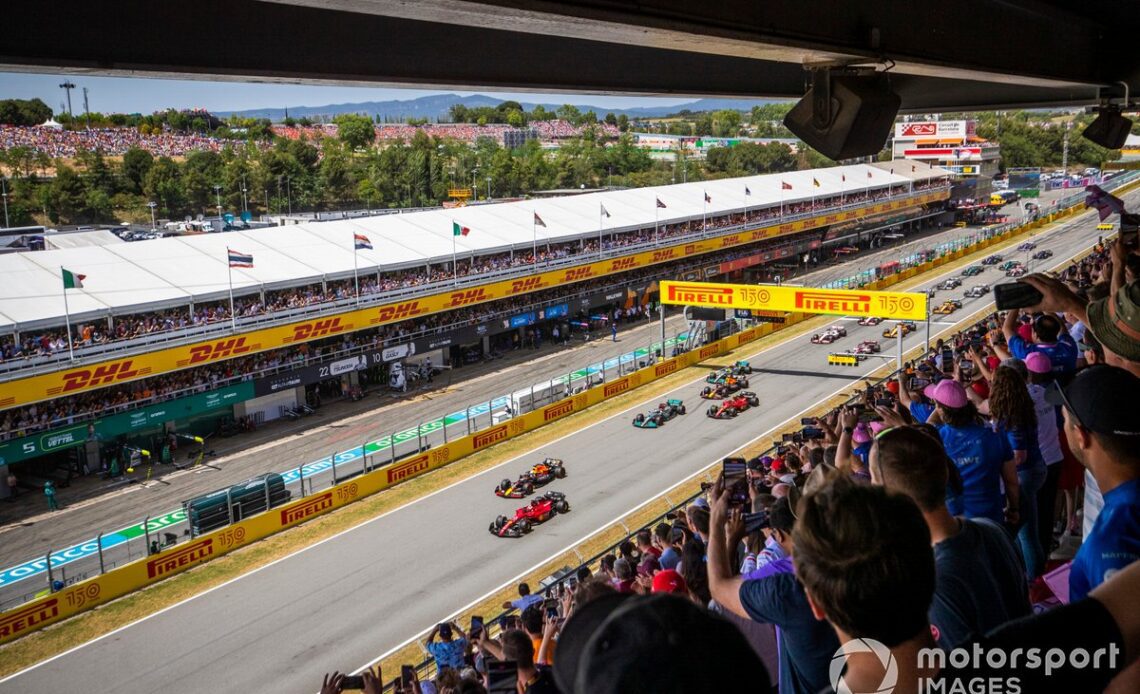There are a few sports that don’t require a dime to play. Running, swimming and wrestling spring to mind. Motorsport – and Formula 1 in particular – has always been the antithesis of those. By its very nature, large sums of money are required even to bring a single grand prix to life. Most of the drivers hail from wealthy (or connected) families, without which they wouldn’t have got into motorsport in the first place. The cars themselves represent the peak of automotive technology, backed by brands keen to show theirs is the best. And let’s just say that’s a fight that can’t be won on a shoestring.
Still, as every ordinary household on the planet is figuring out right now, a little sacrifice can bring a lot of savings. Neither of those two s-words comes naturally to decision-makers immersed in a competitive struggle, but regulations can force them to tighten their belts. And though such rules came to Formula 1 far later than they did to many other sports – and even other motorsport categories – they’re now a big part of the game at the pinnacle too.
What is the F1 cost cap?
The F1 cost cap limits the amount a team can spend on its cars over the course of a given calendar year. It first came into force in 2021. The original plan – which was hammered out before the pandemic hit – was for the spending cap to be $175m. But when COVID-19 wreaked havoc with the 2020 season and threw some teams into a desperate financial situation, it was cut down to $145m. The plan was to further reduce the amount by $5m per season for 2022 and 2023, with only inflationary adjustments thereafter. Those adjustments have already begun to be applied, however, thanks to the rampant price increases that have hit the global economy during 2022.
Why does F1 have a cost cap?
Some teams have enormous budgets, while others make do with relatively modest amounts of money. This tends to correlate to performance on the circuit, and make it almost impossible for ‘poorer’ teams to catch up in terms of speed. The cost cap is primarily a long-overdue attempt to level the playing field, but also to ensure enough teams survive to make up a grid. Plus, in a world where there’s an emphasis on saving and sustainability, it’s also a step in the right direction for the image of a sport many see as sinfully profligate.
Spanish GP start
Photo by: Sam Bloxham / Motorsport Images
What comes under the F1 cost cap?
Any expenditure related to car – but not…
Click Here to Read the Full Original Article at Autosport.com – Formula 1 – Stories…

